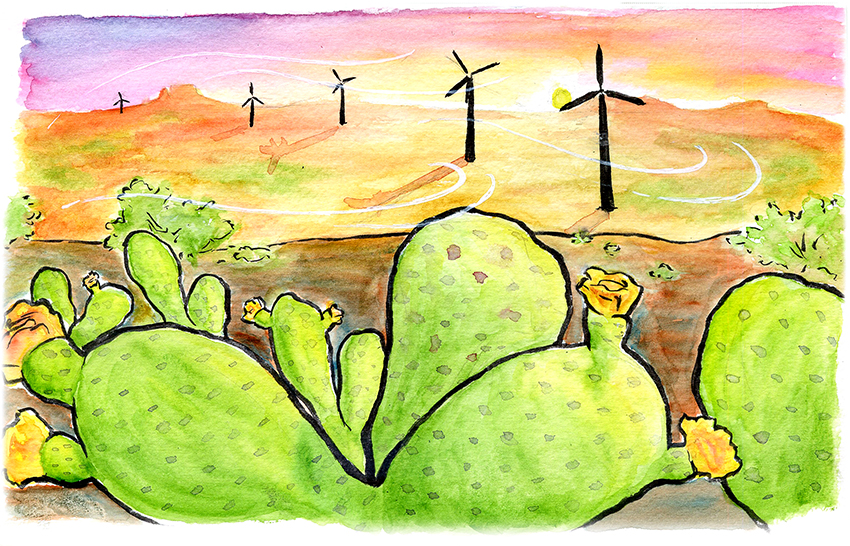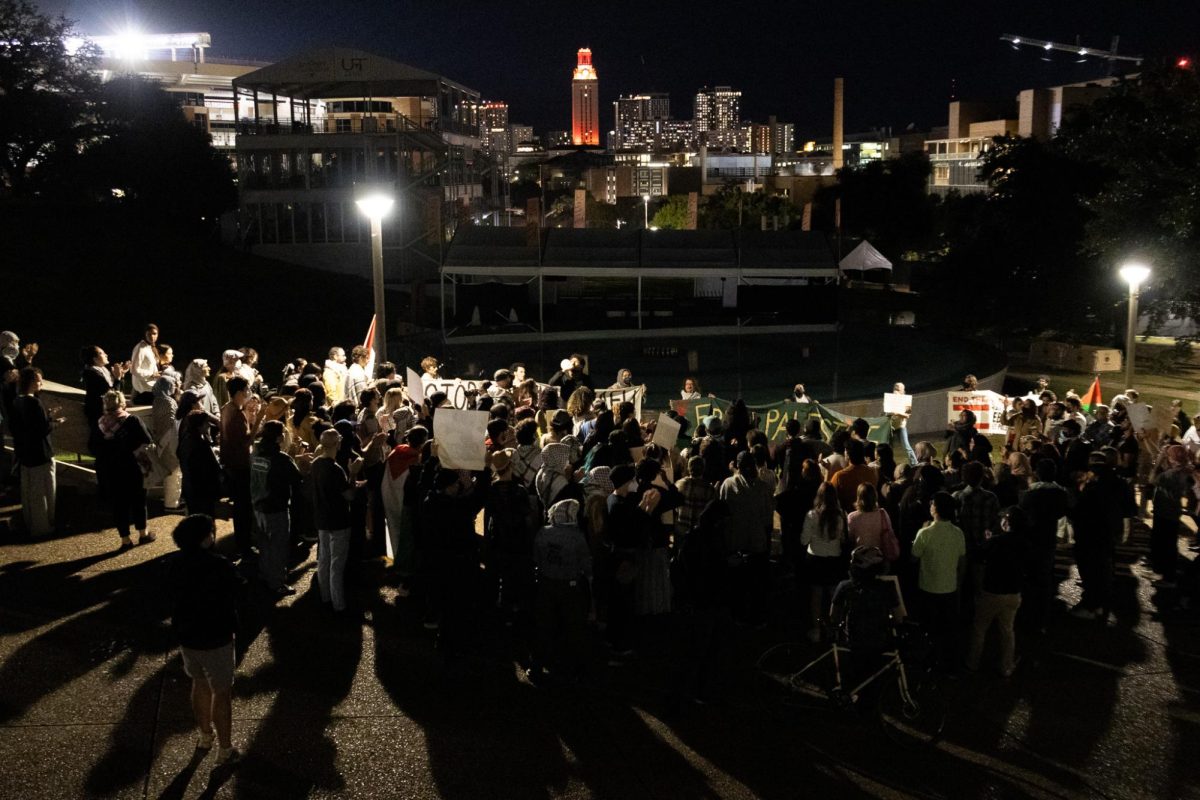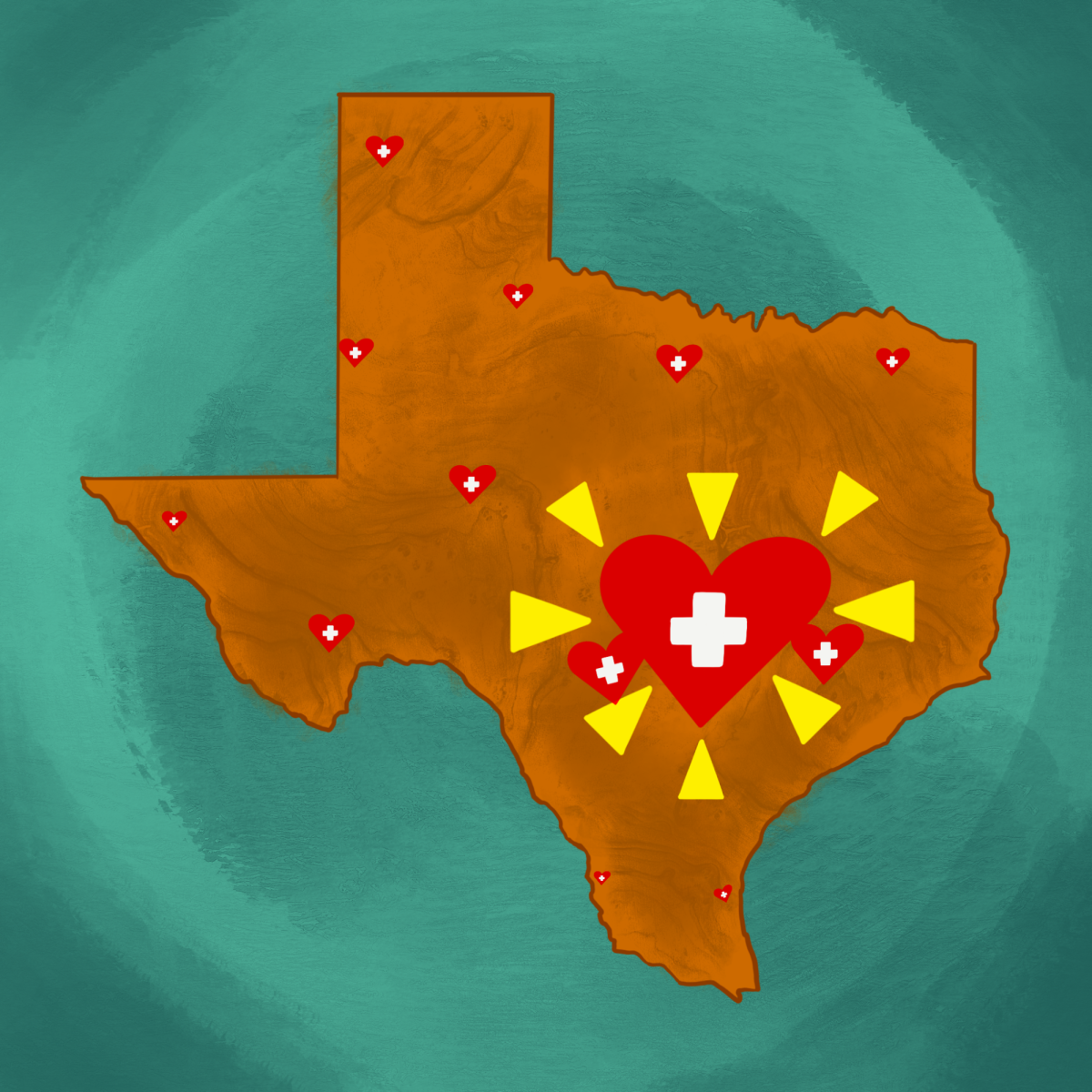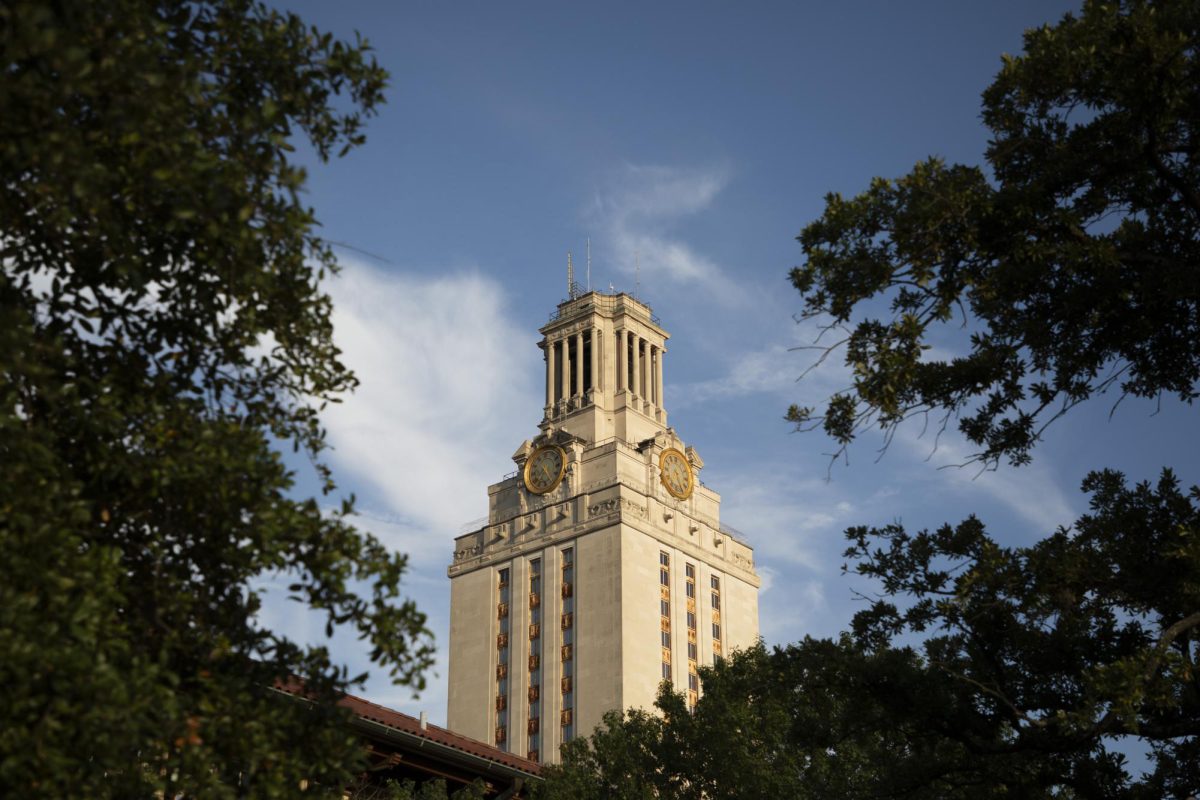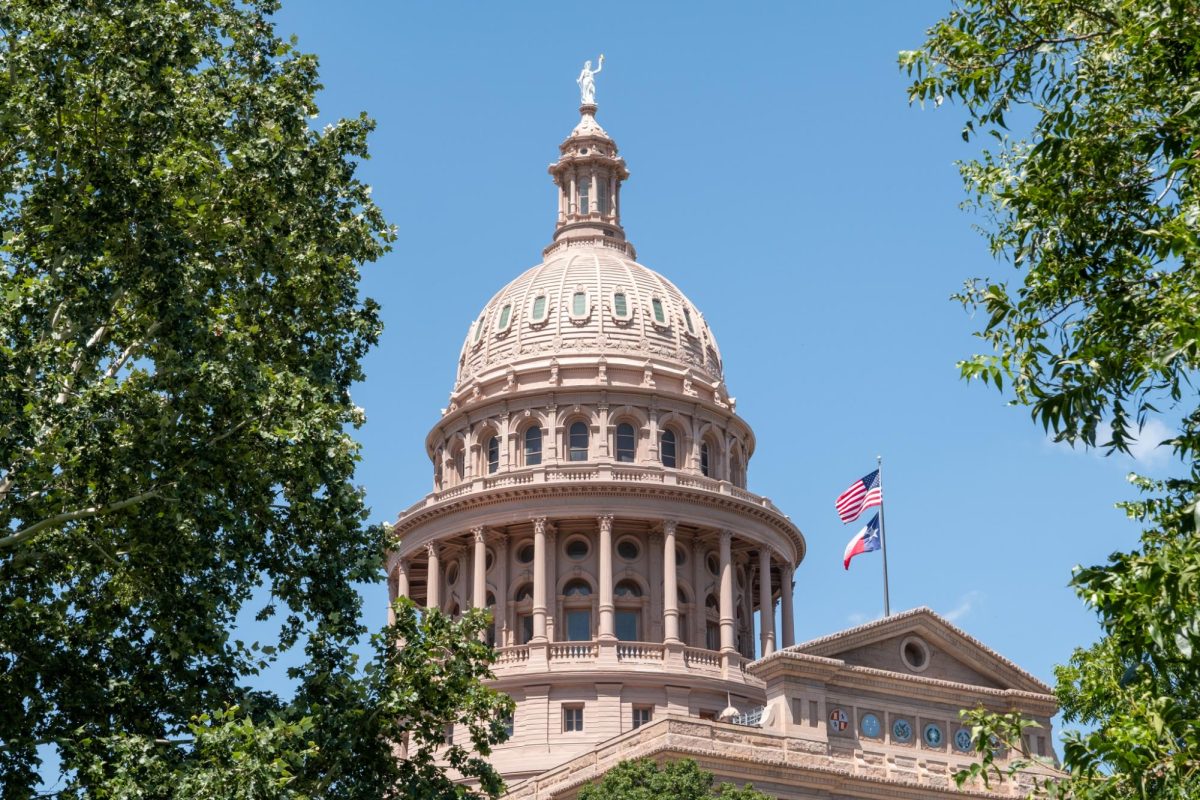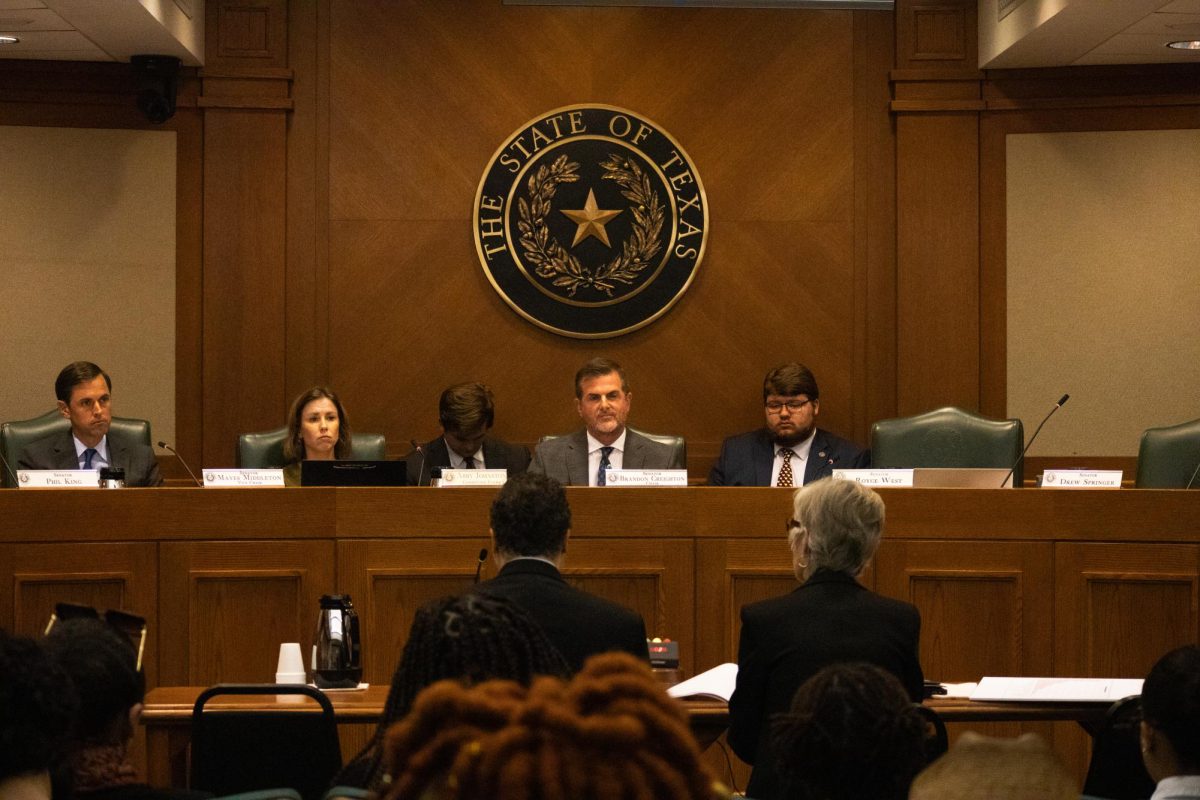The UT System’s West Texas lands could become a hub for renewable energy through new solar and wind energy projects. University Lands, the entity that manages 2.1 million acres of state land benefiting the UT and Texas A&M University systems, is working on leasing land to multiple solar energy companies.
Alyssa Ray, associate director of University Lands, said two developers were recently awarded permission to build solar farms, and at least three more contracts for solar farms are currently in the works. These will be the first solar energy farms on University Lands property.
“The sun is really great out there … so it’s kind of perfect for solar,” Ray said.
University Lands has long profited by leasing land to oil and natural gas companies for drilling, but Ray said solar energy companies first began approaching University Lands about two years ago. Since then, University Lands has been working with UT-Austin’s Energy Institute to work with the growing solar energy industry.
“It’s a relatively new industry and as with everything, the more they learn the more efficient they can be,” Ray said. “It’s becoming more cost competitive with natural gas.”
Since manufacturing solar panel equipment has become cheaper in recent years, Ray said solar energy has become another opportunity for University Lands to generate income for UT-Austin and other Texas universities.
University Lands declined to share the details of contracts, but Ray said about 10,000 acres of land in the Upton, Pecos, Culberson, El Paso and Hudspeth counties will be allocated for five potential solar farming projects. A couple wind projects on University Lands’ property are also in the early stages of planning, Ray said.
These acres do not hold oil or natural gas projects, but University Lands has been cautious about allowing the development of solar farms and wind turbines because renewable energy projects require longer contracts than oil and natural gas. Ray said solar farming projects usually average about 40 years.
“Oil and gas have been around for a long time, and we assume it’s going to be for a while longer,” Ray said. “Wind and solar are a little more uncertain of a market.”
Fred Beach, an associate researcher at UT’s Energy Institute, said University Lands could easily profit from leasing their unused land to wind and solar energy companies, but it is uncertain if the renewable energy companies will profit.
“It depends on what happens with wind and solar in Texas,” Beach said. “That’s very much up in the air right now with certain politics and tax incentives.”
The federal government has recently discouraged renewable energy projects by supporting tariffs on imported solar panels, which are more cheaply produced in China, said Beach. The national tax plan passed by the U.S. House of Representatives last Friday also included cuts for wind energy tax credits.
For Kari Ross, a campaign organizer for the nonprofit Environment Texas, University Lands’ increased involvement with solar energy steps in the in the right direction, but she said lowering methane emissions from fracking on UT System lands is still important.
“I definitely think this an opportunity for the University of Texas to lead the way in renewable energy,” Ross said.
Correction: This story previosly stated that the land allocated for renewable energy projects did not contain oil or natural gas. It has been updated to clarify that this land is less prospective for oil and natural gas. The Texan regrets this error.

